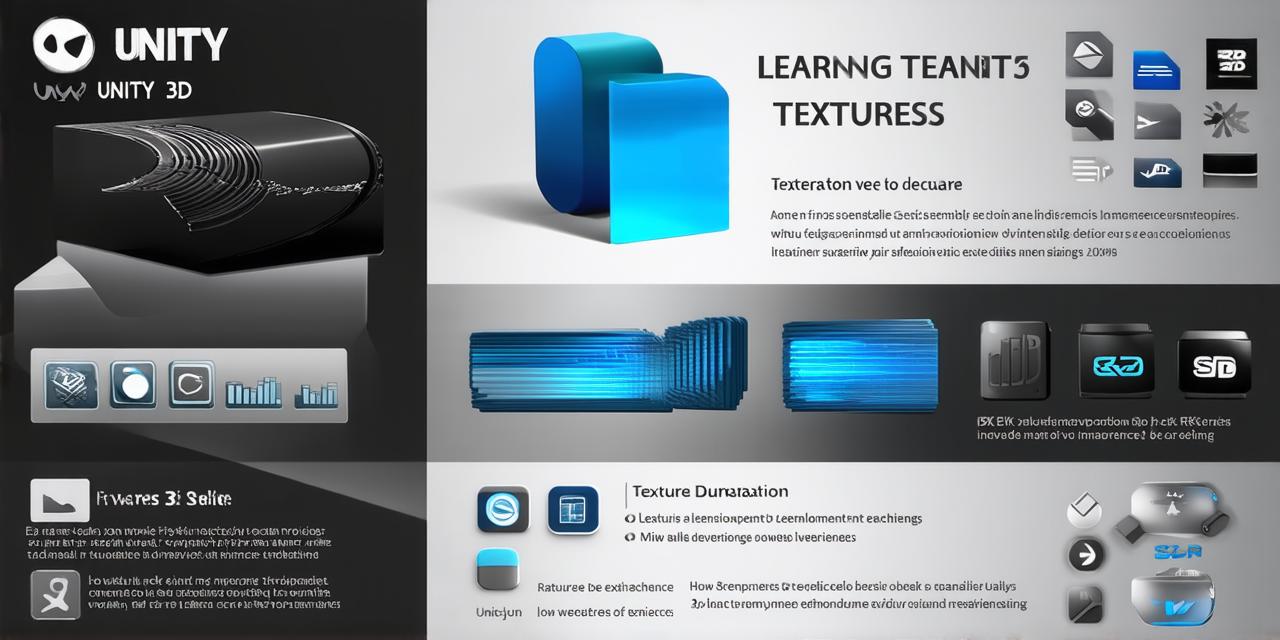
Introduction
Unity 3D is an incredibly popular game engine that has taken the gaming industry by storm. With its user-friendly interface and vast array of features, it’s no wonder that more and more developers are choosing to use Unity for their projects. However, for those who are new to the platform, learning Unity 3D can seem daunting. In this comprehensive guide, we will explore everything you need to know to master Unity in no time.
Getting Started with Unity
Before diving into the intricacies of Unity, it’s important to understand the basics. To get started, you will need to download and install Unity on your computer. Once you have done this, you can create a new project and choose the type of project you want to work on (e.g., 2D game, 3D model, virtual reality experience).
Once you have created your project, you will be greeted with the Unity editor. The editor is where all the magic happens, and it’s where you will spend most of your time when working with Unity. It’s important to familiarize yourself with the different tools and features in the editor, as they are essential for creating a successful project.
Learning the Basics of Scripting
One of the most powerful aspects of Unity is its support for scripting. With Unity, you can create custom scripts that allow you to control the behavior of your objects and interact with the environment. To get started with scripting, you will need to learn the basics of C, which is the language used by Unity for scripting.
There are many resources available online that can help you learn C, including tutorials, video courses, and online communities. It’s important to take the time to learn the basics of scripting, as it will greatly enhance your ability to create complex and dynamic projects.
Creating Your First Project
Now that you have a basic understanding of Unity and scripting, it’s time to start creating your first project. For beginners, we recommend starting with a simple 2D game or 3D model. This will allow you to get comfortable with the platform and learn how to use its various tools and features.
As you work on your project, don’t be afraid to experiment and try new things. Unity is incredibly flexible, and there are many different ways to approach a problem. By taking the time to explore and experiment, you will quickly become more comfortable with the platform and develop a better understanding of its capabilities.
Overcoming Common Challenges
Learning any new platform or technology can be challenging, and Unity is no exception. However, there are many resources available online that can help you overcome common challenges and obstacles. For example, if you’re struggling with a particular aspect of scripting, you can find tutorials and examples online that can help you get started.
Another great resource for overcoming challenges is the Unity community. The community is made up of thousands of developers who are passionate about using Unity to create amazing projects. By joining the community, you can connect with other developers, ask questions, and share your own experiences and insights.
Summary
In conclusion, mastering Unity 3D may seem daunting at first, but with a little bit of patience and determination, anyone can learn this powerful platform. By following the steps outlined in this guide, you’ll be well on your way to creating your first project and exploring all the incredible possibilities that Unity has to offer.
